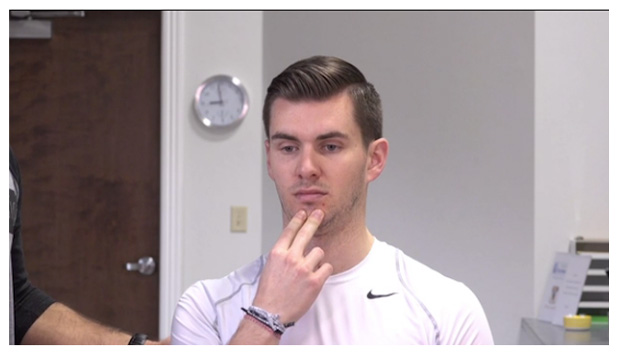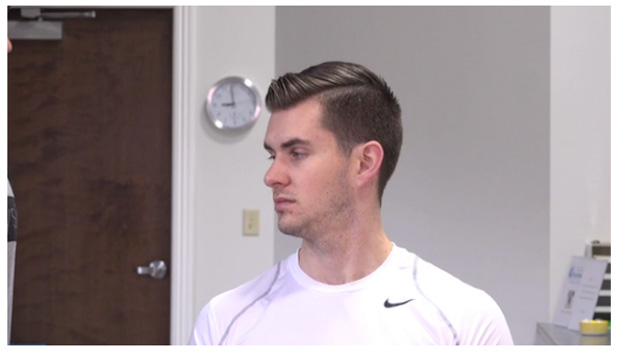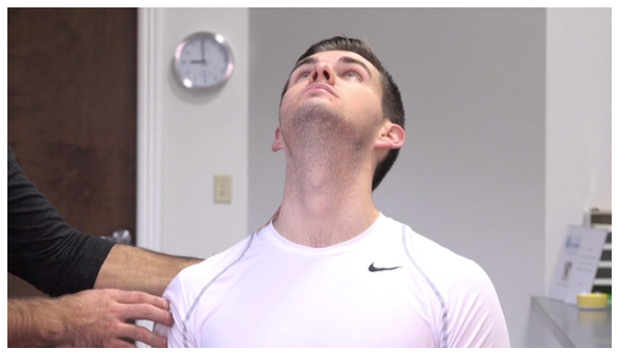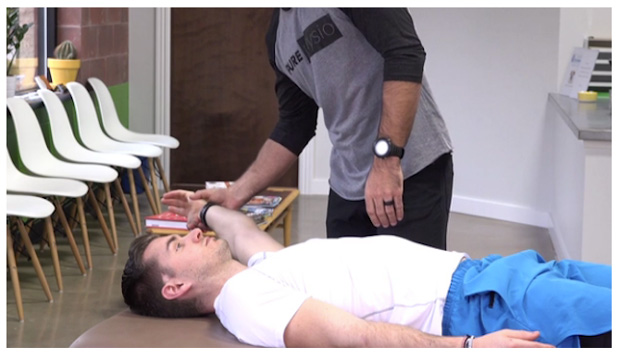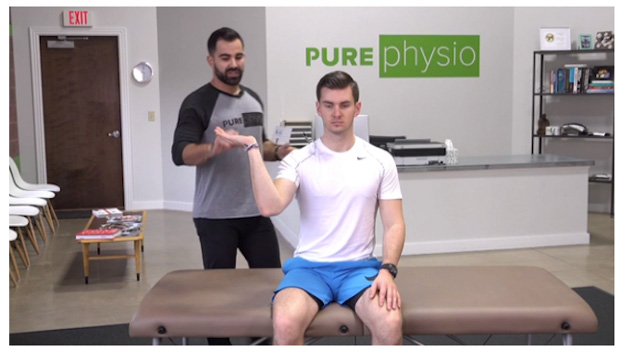| What is a Stinger and How to Treat It |
| By: Jordan Zirm
Provided by: STACK Oh, it's only a stinger, you tell your inquiring friends. He'll be back in a play or two. Your friends' nerves are calmed, and you resume watching the game worry-free. But deep down, you believe nothing you just said. You have no idea what a stinger is, how you suffer one or whether your favorite player will actually be back on the field. You are a liar, and you should be ashamed of yourself. RELATED: Neck Pain Explained, And How to Fix It Fortunately, we can save you further embarrassment by enlightening you on the finer points of stingers so you can sound like an educated person the next time you're asked to play football doctor. According to Dr. Matt Stevens, physical therapist and owner of Pure Physio (Strongsville, Ohio), a stinger is a compression injury to the brachial plexus, which is a cluster of nerves that travel from your neck through your shoulder and into your arm. The injury can occur several ways, but most commonly when the shoulder and head move harshly in opposite directions, as when a player jerks his head too quickly to the side, or when he sustains contact just above the collarbone. The nerve becomes compressed, creating a numbing or stinging sensation in the arm or between the neck and shoulder. RELATED: STACK Fitness Weekly: 2 Stretches to Reduce Football Injuries If you've ever been sitting down and quickly turn your head to grab a pen and you feel something like a quick electric shock in your neck, you know what a stinger is. In most cases, the pain only lasts a few seconds or a maximum of a couple of minutes. So it's not surprising that NFL players can re-enter the game soon after suffering a stinger. But if they are not allowed to heal properly, stingers can leave muscles fatigued and nerves damaged - and multiple stingers can cause permanent nerve damage. Here are Stevens' tips for treating a stinger, which are focused on restoring range of motion of the neck and shoulder. Step 1: Chin Retractions This helps to set your neck in a proper position and activate the muscles on the back of your neck. How to: Sit up tall. Place two fingers on your chin and push backward to give yourself a double chin. You should feel the muscles working on the back of your neck. Complete 10 pain-free reps before moving on to Step 2. Step 2: Neck Rotations Rotations restore side-to-side range of motion that's often lost when you experience a stinger. How to: Sit up tall and slowly rotate your neck from side to side. Only move within a pain-free range of motion and attempt to increase your range of motion each time you perform the exercise until the injury has completely healed. Again, perform 10 pain-free reps before moving to the next step.
Step 3: Flexion-Extension Now it's time to regain full neck mobility by tilting your head forward and backward. How to: Sit up tall and slowly flex (downward) and extend (backward) your neck. Only move within a pain-free range of motion and attempt to increase your range of motion each time you perform the exercise until the injury has completely healed. Again, perform 10 pain-free reps before moving to the next step.
Step 4: Restore Shoulder Mobility Once your neck is back into action, it's time to get your shoulder moving again. How to: Lie on a table or the ground. Slowly flex (arm overhead) and extend (arm by your side) your shoulder, moving through a pain-free range of motion. Perform for 10 pain-free reps. Next, slowly bring your arm overhead at an angle and then bring it across your body. Again, perform for 10 pain-free reps.
The Nerve Glide will help clean any remaining nerve-related issues caused by the stringer. How to: Sit up tall and bend your elbow, tuck it to your side and hold your palm facing up at your shoulder as if holding a tray of food. Slowly extend and rotate your arm so your palm faces backward when your arm is fully extended. As you straighten your arm, tilt your head toward your shoulder. Slowly rotate your arm in reverse, bend your elbow and straighten your neck to return to the starting position. Do 10 reps each side.
RELATED: Can Ice Baths Prevent Sports Injuries? So that's a stinger. It's momentarily painful and a bit scary because of the numbness you can feel in your neck or arm, but it's essentially a minor injury. As always with injuries, however, if it's not allowed to heal completely, a stinger can be much more devastating by increasing the risk of permanent nerve damage. |



